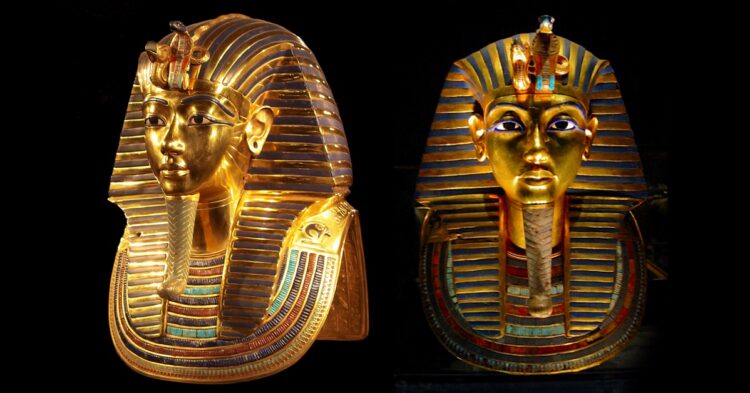Bet you never expected to read a headline quite like that, huh? Archaeologists sat down with National Geographic to peel back the layers of King Tutankhamun — aka King Tut’s — mysterious tomb, including one very intriguing detail regarding his, uh, member.
My boy Tut was missing for centuries

The Egyptian pharaoh, who ruled from c. 1332 to 1323 BC (barely a decade!) began his rule at the tender age of nine. He died quite suddenly in c. 1323, leaving experts pondering his cause of death to this day.
He died so suddenly that his tomb was incomplete
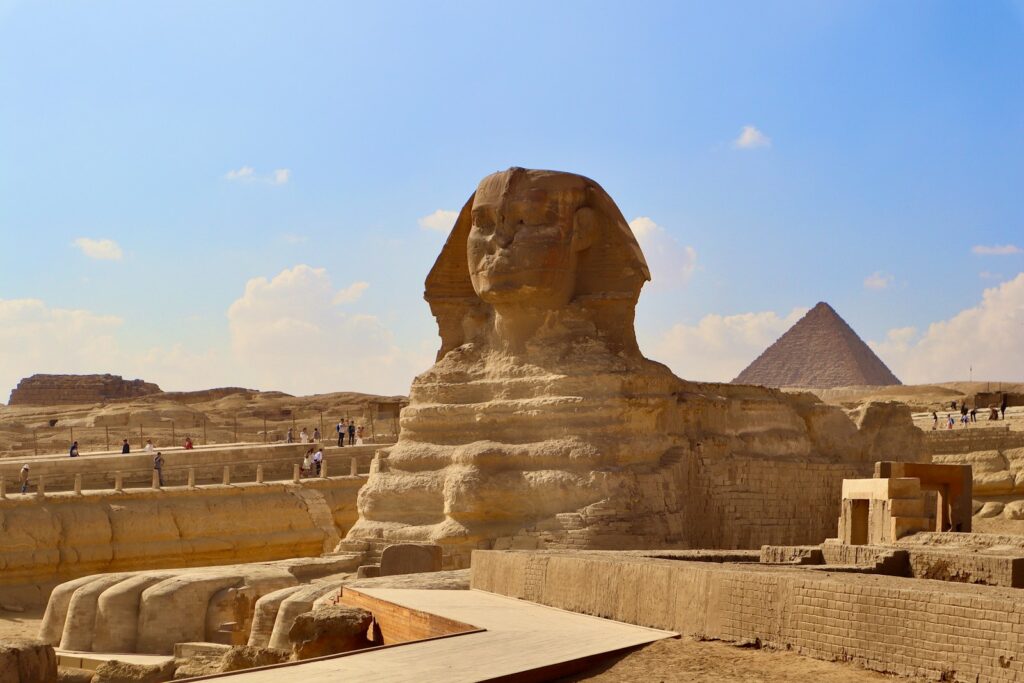
Pharaohs built tombs to prepare for the afterlife; once they passed on from the mortal plane, many believed they would need a body to continue — preferably their own. As he died young, King Tutankhamun was buried in a makeshift tomb.
He was finally found in 1922
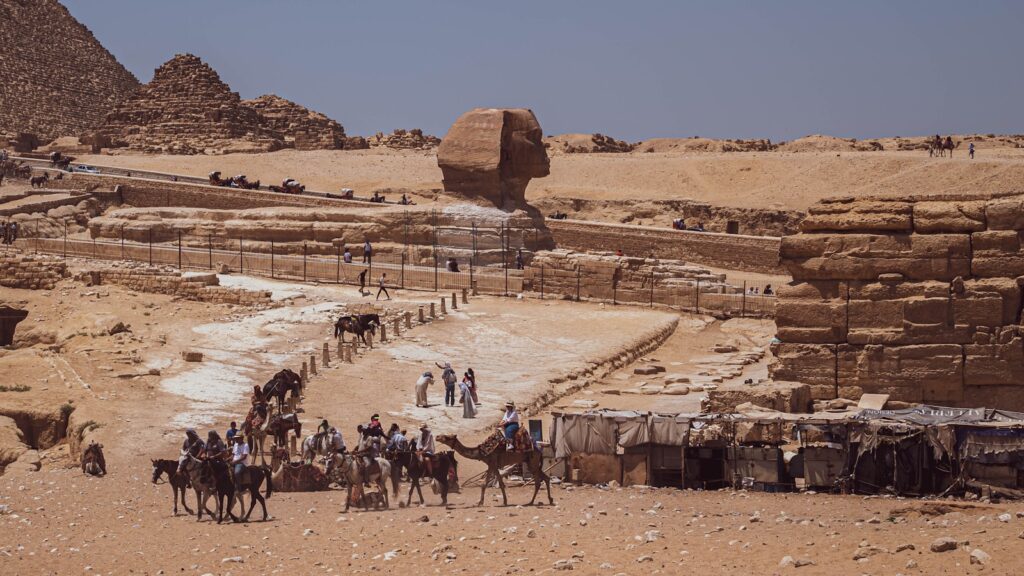
According to Salima Ikram, an Egyptologist who sat down with National Geographic, King Tut was mostly forgotten by history until the discovery of his tomb.
“[…] he had a tiny tomb. Then subsequently, other tombs were cut nearby, and their debris just completely covered this tomb and buried it. So Tutankhamun just sort of vanished from the annals of history.”
That’s rough
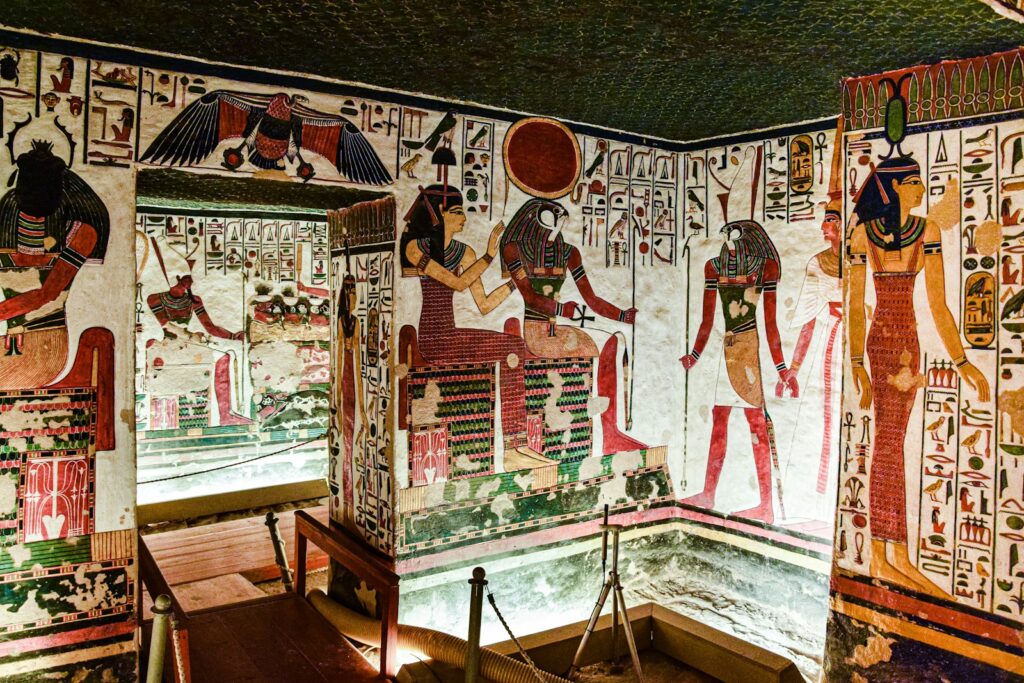
After he died, Tutankhamun was succeeded by two men, the last of which was a military commander and had no blood relation to royalty. The man — Horemheb — was “probably quite insecure about his position” and set about striking the former Pharaoh from history.
The discovery of his tomb led to a lot of fresh mysteries — including black goo
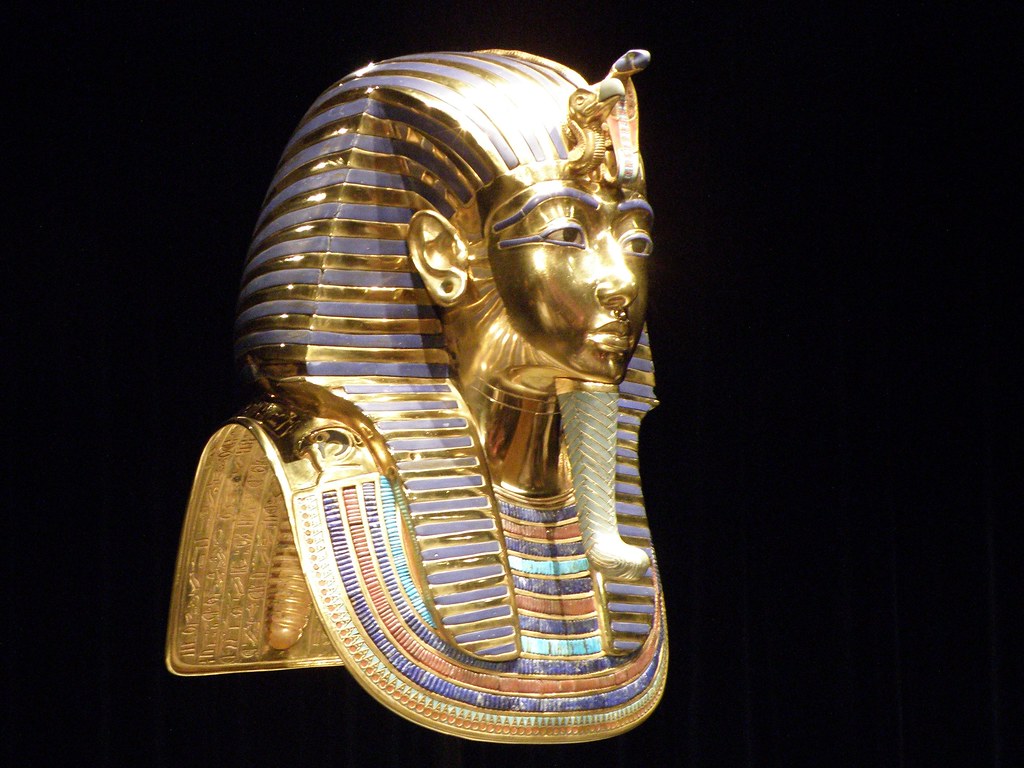
Yup, it’s as weird as it sounds. The “black goo” discovered covering King Tut was a black resin substance called bitumen, but Ikram hilariously refers to it as black goo.
Oh, and he was mummified, uh…stiffly
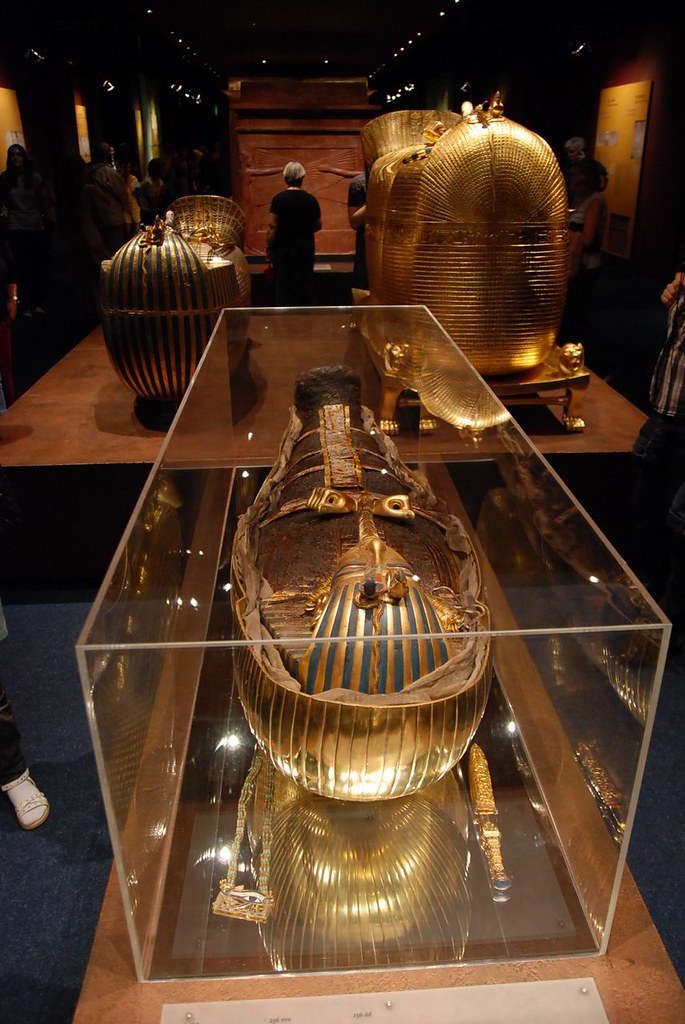
When British Egyptologist Howard Carter discovered King Tut’s tomb and his mummy, the scientific world was surprised to discover he was entombed while erect. You know what I mean.
So, what’s up with that?
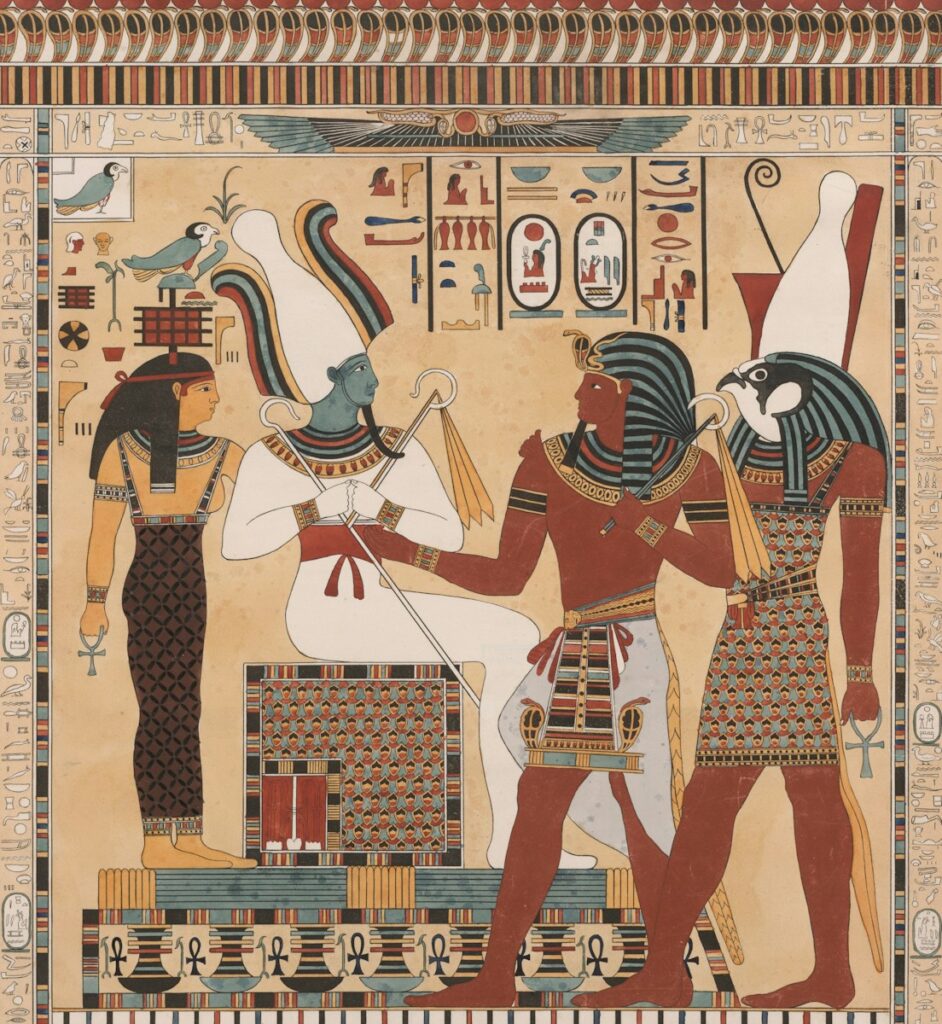
Ikram has some compelling theories.
“When I was looking at his mummification, it occurred to me that maybe he had been mummified so that he was showing himself as the reborn god Osiris […]”
Okay…so what does that mean?
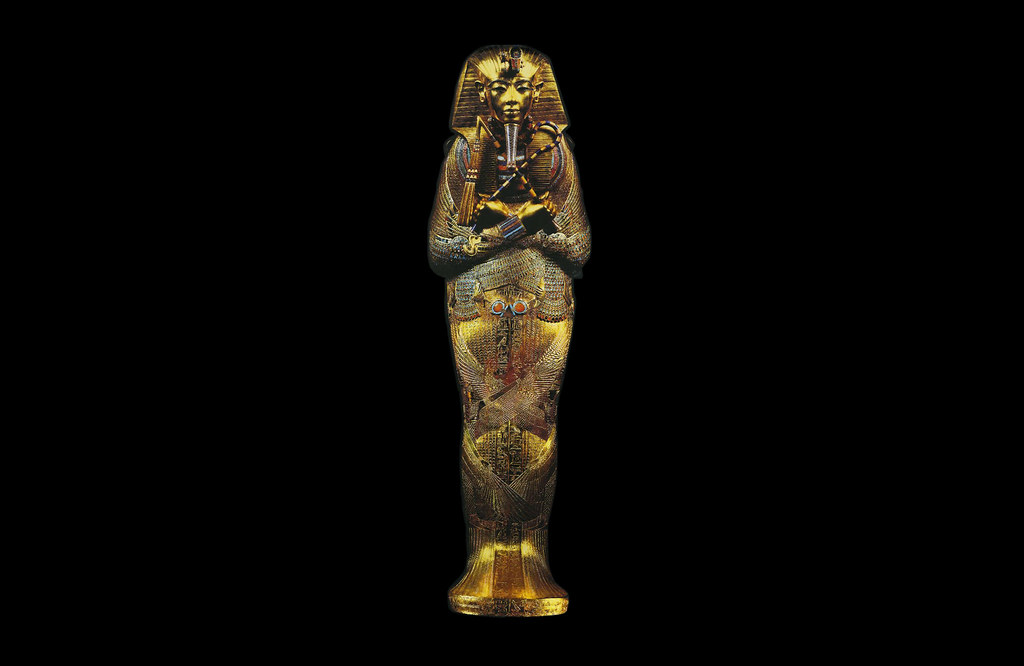
“Upon his death, he morphs into the god Osiris, god of the dead, and Osiris is shown, because he is rebirth, resurrection, and fertility, with the erect member, and a dark color because this blackness is—the same word for Egypt is “kemet,” means “the black land,” because of the black fertile soil that the Nile flood deposited.”
So he was entombed evoking the god of death and rebirth
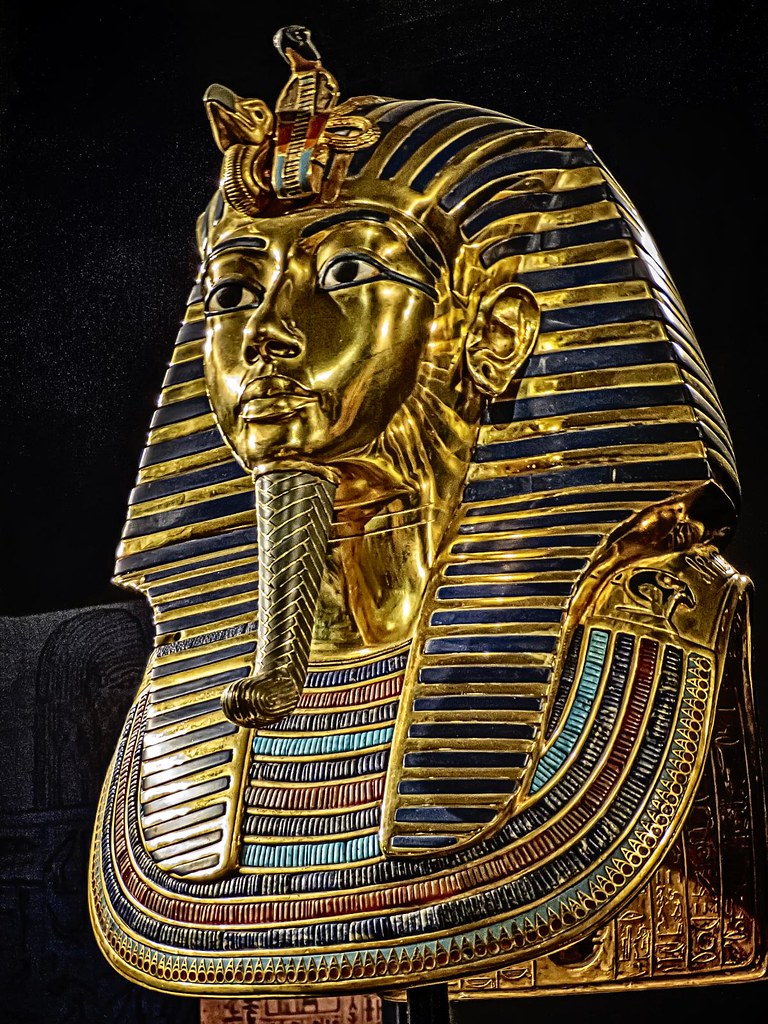
Ikram went on to explain: “And so this was, in a way, showing himself as Osiris. And he’s also wearing the headdress that we associate with Osiris. And on one of the walls of his tomb, he is shown very much as Osiris, which you don’t see generally.”
So, there you go!
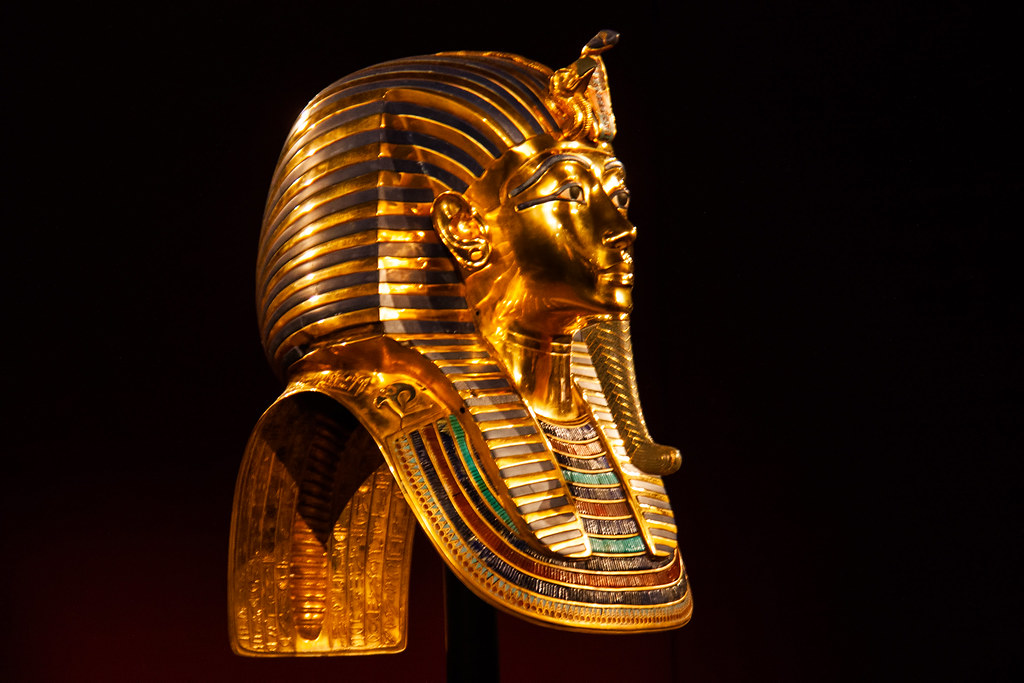
Honestly, it’s rather fitting that he was buried like that, but it is kinda rough that he’ll forever be remembered as the pharaoh whose mummy has a permanent boner. Sorry, your majesty.











































